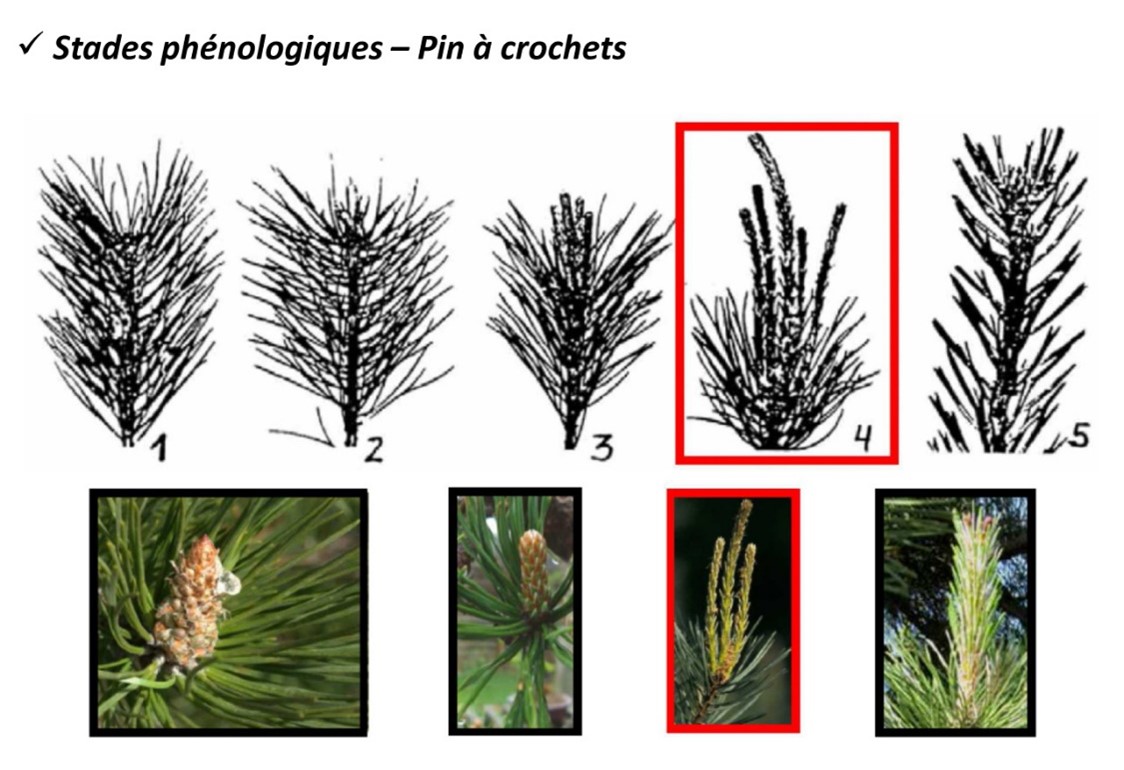Projects


Forests represent 59% of the surface of the Pyrenees and play an important role, as a socio-economic sector - providing an activity that is essential in the territories - and as a main instrument in the regulation of current and extreme natural phenomena.
Climate changes have a significant impact on the forest resource. The degree of their resilience will be directly related to the level of knowledge acquired. To implement effective adaptation measures there must be real knowledge about impacts and response capabilities at different scales:
- Ecosystem scale: individual, plot, forest mass, set of Pyrenean forests.
- Temporal scale: short-term (phenology, defoliation rate ...) or long-term (trend of indicators, reaction of forest masses, succession of floristic compositions).
On the other hand, the difficulties that link forest management and climate change are very similar on both sides of the Pyrenees, as is the case of significant water stress or even in decay caused by the abnormal development of pathogenic fungi. or pests. The project´s challenge is to provide land managers with the necessary tools to identify vulnerable areas and manage forest cover. The Pyrenees, and in particular Andorra, are a real laboratory on how climate change can impact southern mountain areas. In this context, the project aims to better prepare the forests of the Pyrenees massif for the effects of climate change, and thus contribute to their adaptation. This goal will be achieved through three activities:
- Generate knowledge on the impact of climate change on forest species with a high incidence,
- Implement and improve adaptation measures on critical forest masses,
- Transfer knowledge and practices to the liaison actors in the forestry sector.

More specifically, this project must make it possible to assess the health state of the Principality’s Forest masses, as well as their resilience to climate change. In the long run, it must also makes it possible to anticipate changes in the distribution of the main forest species studied in Andorra: Scots pine and black pine.
To achieve these objectives, the project will be based on the achievements of the CANOPEE project (prior to ACCLIMAFOR):
- Diagnostic cartographic tools at the Pyrenees massif scale which make it possible to identify forest masses where surveillance must be maximum.
- Phenological measures in representative masses of the forest diversity of the Pyrenees.
- Adaptive management experiments.
This will be possible thanks to a strong cross-border partnership, the capitalization capabilities of the l'Observatori Pirinenc de Canvi Cilmàtic (OPCC) and the OPCC-ADAPYR project.

This project is funded by the Interreg-POCTEFA program and by the Government of Andorra through the Complementary Grants for POCTEFA 2014-2020. The project ended in 2023. The result is the following guide to good practices in forest management which appears linked in the following pdf.

 Benjamin Komac
Benjamin Komac Manel Niell
Manel Niell Meritxell Martin
Meritxell Martin